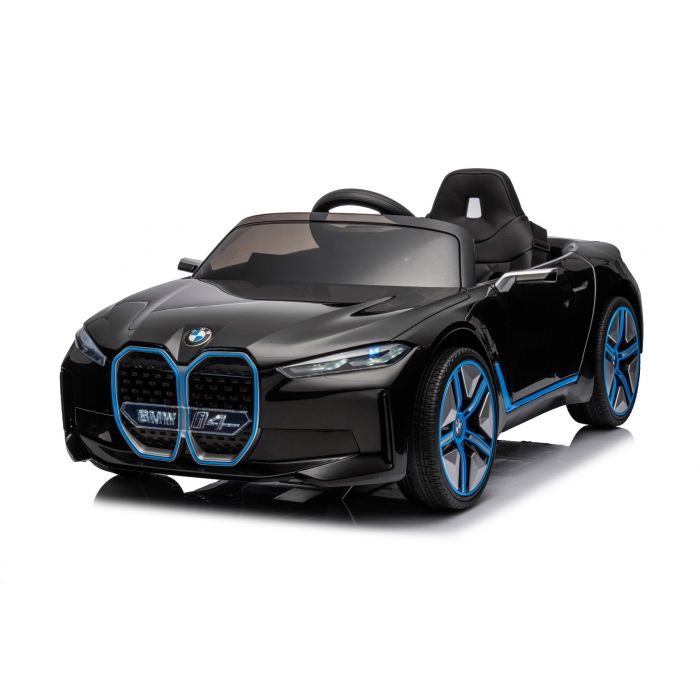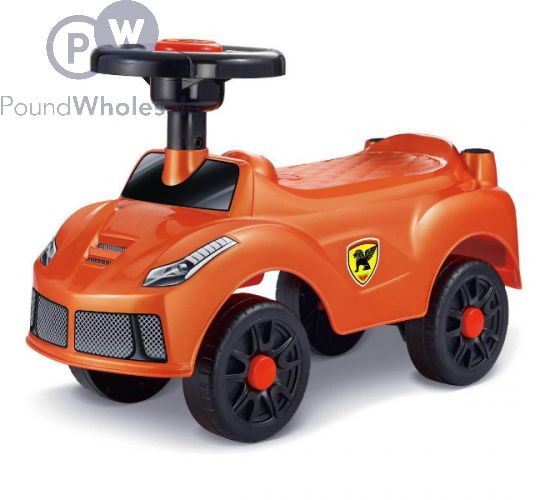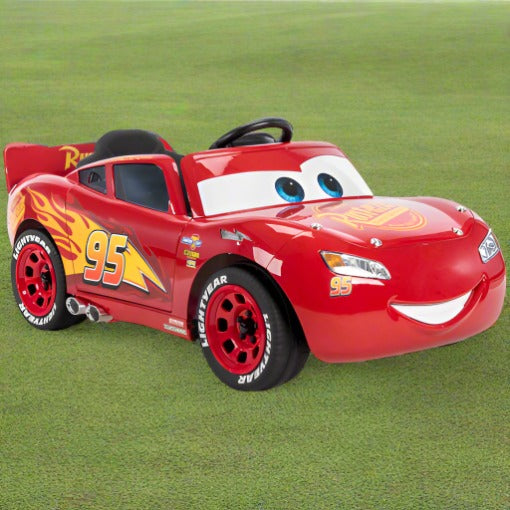Recommended Info For Choosing Ride On Toys
Wiki Article
What Features Should You Look For When You Are Choosing A Ride-On Car For Your Toddlers Or Older Children?
Take into consideration the age of your child, their size and developmental stage when considering ride-on vehicles for kids. This is to make sure they are safe and have fun. Here are a few things to consider:
Younger Toddlers (1-3 years old) - For toddlers who are younger consider ride-on cars that are specifically designed for their age. These vehicles have simple controls, a design that is sturdy and has a steering wheel or button. Ride-on vehicles with an extended base provide stability and reduce the risk of them falling over.
Children who are older (3+years old) As children grow older, they're more at handling advanced vehicles with more controls and features. Think about cars that can be adjusted to accommodate children and weight capacity that is larger, and more interactive functions such as lights, sounds, or music. Look for ride-ons with the ability to change the speed setting or parental controls in order to ensure safety and be able to accommodate different levels of skill.
Size
Height and Weight - Take your child's height and weight into consideration when choosing a ride-on vehicle. Pick a car that's seat height and weight are suitable for your child. Avoid vehicles that are too small or too big in size, as they could be unsafe or uncomfortable to ride in.
Comfort & Legroom – Be sure that the vehicle you ride in offers enough legroom for your child to have a comfortable seat. Be sure that the car's seating area is suitable to your child's.
Developmental Stage -
Motor Skills- Consider your child's capabilities in terms of motor skills, coordination, and balance when you choose a car. Younger toddlers may require less controls and features to navigate and navigate, while older children are able to handle more complex controls and features that are interactive.
Ride-on Cars Foster Confidence and independence - As kids learn to drive and navigate through the streets, ride-on vehicles help build confidence and help them develop their independence. Pick a car that will enable your child to learn to steer, accelerate, and brake independently. This will help build their confidence and motor skills as they progress.
When you are choosing a ride-on automobile be sure to consider your child's needs and preferences and. Choose a theme, color or feature that will appeal to your kid's interests. It might be an old-fashioned automobile, sports car with an interesting character, a pickup truck, or a classic car.
If you take into consideration your child's age, size, and their development stage, you may pick a car that is engaging and comfortable as well as safe. Your child will have hours of fun as they explore. Check out the top Lamborghini ride on car for blog tips including 2 seater electric cars, ride on car, remote control childrens electric cars, electric ride along car, toy car toy car, electric ride on, riding digger, race car toy car, kidscars, toy cars and more. .

What Is The Main Difference Between Outdoor And Indoor The Use Of Car Models For Children?
The characteristics of the models designed for outdoor and indoor use are different. They are constructed differently - Indoor Use Cars
Size and Weight Size and Weight: Cars designed for indoor use tend to be smaller, lighter and more maneuverable in narrow spaces, like living rooms, hallways or playrooms. These cars are small and compact, allowing them to maneuver easily through narrow spaces or around corners.
Low Ground clearance - Indoor vehicles have the lowest ground clearance to prevent getting stuck on rugs, carpets or thresholds. This enables seamless, uninterrupted moving across indoor surfaces.
Smooth Wheels. The majority of cars that are indoor feature wheels made of materials that are smooth, like rubber or plastic. These wheels provide better grip and traction when used on smooth surfaces like hardwood floors, laminate flooring or tiles. These wheels are designed for indoor use, to reduce the sound and also protect surfaces from scratching.
Limited Speed - For indoor use, cars usually have slower speeds than they would be to ensure that they can be safe and controlled within tight spaces. This can help avoid collisions with walls, furniture or other obstacles in the indoor space.
Outdoor Use Cars -
Durable Construction - Cars made for outdoor use are built with tough materials like tough plastic or metal to withstand harsh handling and outdoor elements such as sunlight, moisture, and temperature fluctuations. They are less prone to be afflicted by wear and tears caused by exposure to outdoor environments.
High Ground Clearance – Outdoor-use vehicles have higher ground clearance in order to deal with bumps and uneven terrain encountered outside. This allows the car to traverse rough terrain without causing damage or getting stuck.
Traction tires - Tires for outdoor vehicles typically come with treads and patterns that offer better grip and traction on uneven or slippery terrains. This ensures stability and control while driving on outdoor terrain and prevents sliding or skidding.
Weather Resistant Components - Cars intended for outdoor use might have weather-resistant parts such as sealed electronic components and waterproof casings, as well as the rust-resistant materials. These components protect the car from moisture and environmental harm. They can withstand the elements of rain, mud and even puddles with no loss of performance.
Outdoor-use cars have higher speed limits to allow for large areas and distances. Children can experience a more adventurous and thrilling experience on the road.
In considering these design characteristics and features, parents can choose a children's car that is best suited to their specific requirements and the setting where they'll utilize it, whether indoors or outside. They can then ensure their child has a safe, fun, and lasting experience. Read the top JCB ride on toys for more advice including childs ride on car, toy a car, pedal car, electric two seater cars, a toy car, toy cars toy car, toy car for car, race car toy, toy and car, toy with car and more. .

What Should I Look For Prior To Purchasing A Children's Electric Car? What Are The Pros?
There are a variety of aspects to take into consideration before purchasing an electric vehicle for your child. Below are some important considerations together with details about the sizes, prices, and the pros and cons.
Consider the weight and age of your child when choosing an electric car. Cars that are small and light could be suitable for younger and smaller children, whereas larger and older children may need cars with ample space.
Cars Size and Weight
Electric cars for kids come in various sizes, from tiny micro-sized ones to bigger-scale replicas of actual cars. Think about the weight and size of the car relative to your child's age, size and strength, as well as the amount of space to store and playing.
Price Variation
The price of electric cars for kids can vary greatly dependent on a variety of factors, including the size, model and the quality. Prices of microsized models usually are between $50-200 dollars, while prices for larger-scale models could vary from $200 to $800.
Pros & Cons
Pros -
Children will have endless hours of playtime and entertainment using electric children cars. They will experience the thrill of driving their very own vehicle.
Motor Skill Development. Driving an electric vehicle can aid children to improve their spatial awareness, coordination, and fine motor skill.
Electric cars encourage physical activity as well as outdoor play. They promote physical activity and exploration.
Realistic Features: Many electronic children's cars have real-life features, such as working headlights, horn sounds, and MP3 player compatibility, which enhances the experience of playing.
Cons
Costs - High-quality electronic children's toys, specifically replicas of well-known car manufacturers could be costly.
Battery Life The power of electric vehicles is provided through rechargeable batteries. They can have a limited running time and require frequent charging.
Safety concerns: Electric vehicles can be unsafe if they're not used under adult supervision. They can cause accidents, fall, and even entrapment.
Maintenance and assembly - Certain electric car require assembly when they arrive and ongoing maintenance. This can include cleaning, battery maintenance and occasional repairs or parts replacements.
Features and Accessories
Be aware of the options for accessories and features on the electric cars for kids, which include working headlights and horn sounds. Also, think about whether the car comes with an parental remote control, or seat belts. Pick a model with the features and options that will best match your child's needs.
The most suitable electric vehicle for your child will depend, in end on the age of your child, their size and interests as well as your budget. Make sure you research and compare different models review them, then consider the pros and cons before making your decision. Check out the top ride on toys kidscars.co.uk info for blog tips including car electric ride on, car electric ride on, remote control childrens electric cars, toy car toy car, childs car toy, ride on car, toy the car, a toy car, two seater electric cars, electric rideons and more. .
